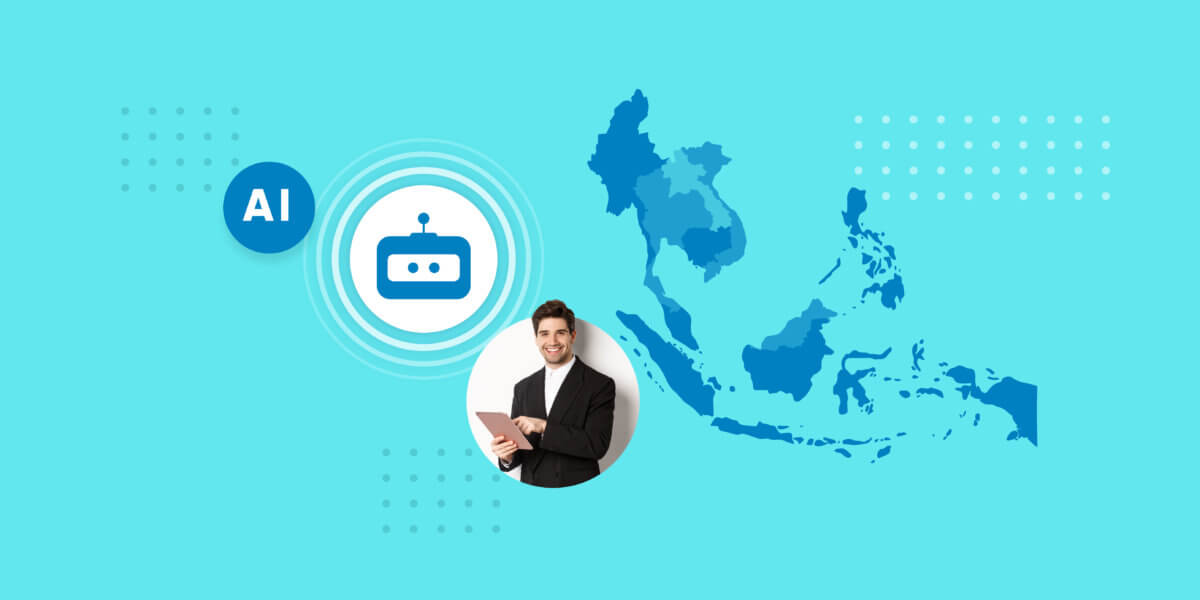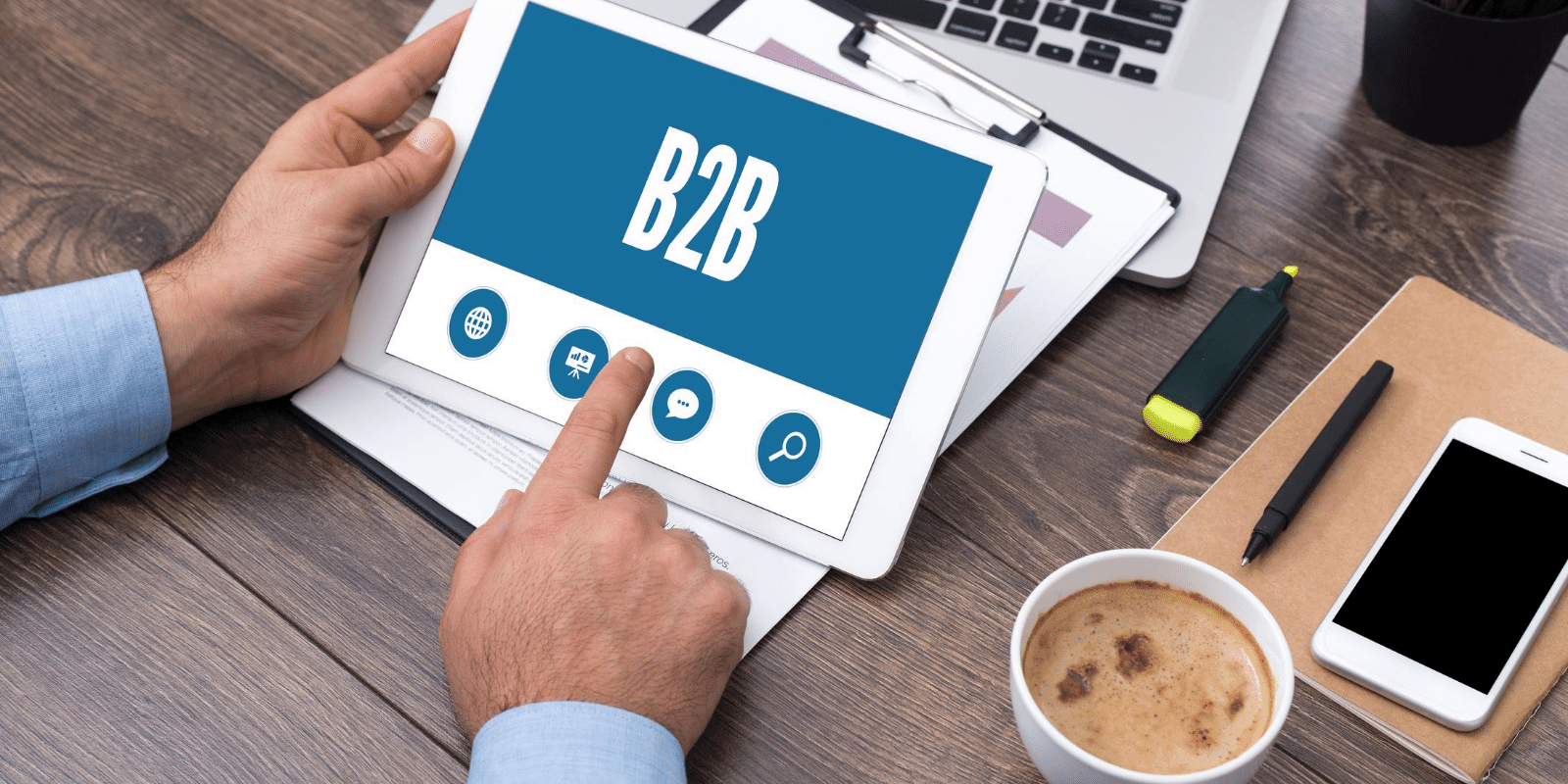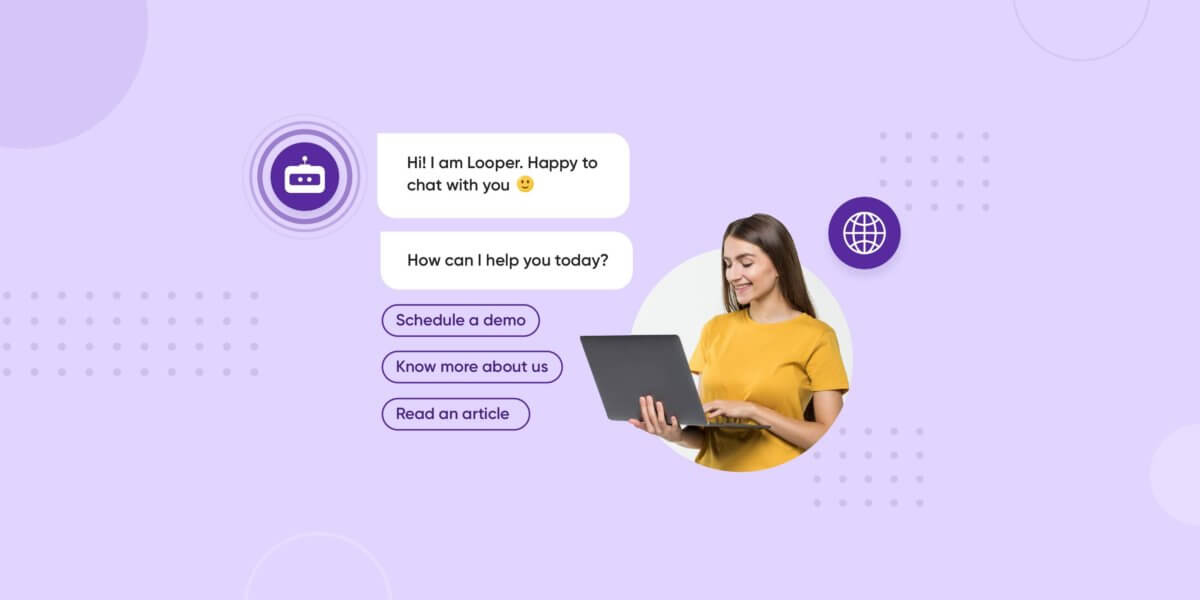Build vs Buy: Chatbot Edition
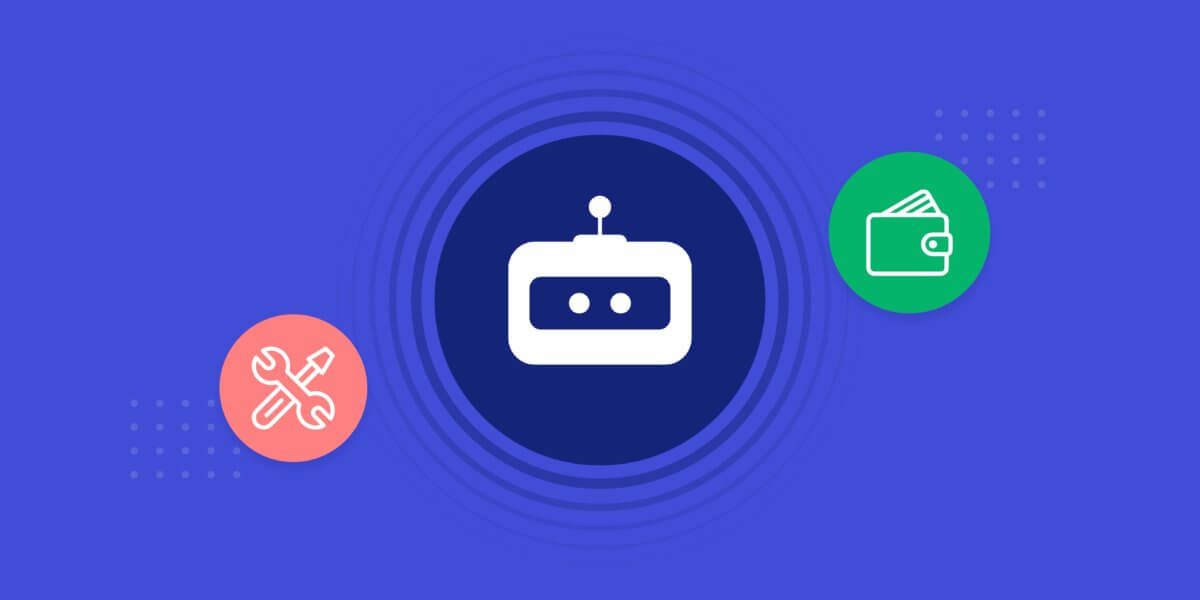
Build vs Buy: Chatbot Edition
To build; or not to build – that is the question.
Whether ’tis nobler in the enterprise to suffer,
The slowness and anguish of outrageous internal fuck-ups,
Or to take arms against a sea of third-party solutions.
Across the world, in thousands of product meetings every day, executives pour over the pros and cons of potential (chatbot) solution providers.
Their end goal is simple: Find the best tool to tackle our company’s current challenge.
And in all of these discussions, there’s always the one person who asks the dreaded question.
Why can't we build this ourselves?
Conversations like these happen all the time. And answers are never easy.
If you’re here, you’re probably considering whether your brand should build or buy a chatbot. And it’s timely of you to feel that way – Over 80% of enterprises intend to have a chatbot by 2020. Even more so now, given the coronavirus pandemic.
So preparing for the inevitable “Build vs Buy a Chatbot?” question is key. In this article, we’ll try to make that process easier. And we’ll do it by asking three simple questions.
- What drives a company to build or buy?
- What are the risks & rewards of building vs buying a chatbot?
- And how do you put yourself in a position to make the right decision?
Suggested Reading: Does Your Business Need Conversational AI?
What drives build vs buy?
There are a lot of situations where a ‘building’ doesn’t even strike people as an option.
Consider the following example –
You're the head of a department and one of your managers comes to you and says "Hey, my team is struggling to edit photos we've taken on the ground. We need some software, can you help?" Your solution is immediate: You buy him and his team an Adobe Photoshop license.
You don’t even consider building a photo-editing platform from scratch. Intuitively, it seems obvious. But in fact, there are four checkboxes you unconsciously ticked off while making the decision.
- Is the problem unique to you?
No, it isn’t. Photo-editing is a problem that millions of businesses face across industries. - Are there no providers in the market who can solve the problem?
Nope again. There are hundreds of companies that offer graphic-editor solutions. Lots of people have the problem and lots of people are in the business of fixing it. - Is the solution provider expensive/unaffordable?
Negative. Photoshop is used by enterprise companies and freelance photographers alike. A large number of solution providers in a market keeps prices competitive. - Could you build a solution of the same quality for the same cost?
Likely not. A Photoshop license costs a few hundred dollars (changes slightly depending on where you live). Building Photoshop from scratch would cost several millions of dollars and take years to build. Even with a team of dedicated engineers working full-time.
In essence, you have three guiding metrics – the problem, the budget, and the timeline.
Typically, companies start weighing a build vs buy debate when one or more of these questions cannot be adequately answered. So let’s answer those three questions again – but this time for chatbots.
Build vs buy: chatbot edition
1. Is the problem unique to you?
There are problems that are as yet unsolved by chatbots. In its current state, the technology that powers a chatbot cannot solve every brands’ every problem.
However, there are three things that chatbots can do really well.
- Acquisition – Conversation is the ultimate aphrodisiac, and customers typically purchase products from the platforms that can answer their questions the quickest. A chatbot helps answer customer queries in a manner than more accurately resembles human conversation. This creates a more conducive lead generation experience than, for example, a form – and the data backs it up. Chatbot for website can massively increase conversion rates on their portal. Brands can see their traffic-to-lead rates increase by up to 400% after using a chatbot.
- Engagement – The guiding principle for great customer engagement is simple – make it personalized. And most brands struggle to do this for three reasons – what they’re saying (the right thing), when they’re saying it (the right time) and where they’re saying it (the right channel). Emails and SMS are woefully inefficient when it comes to most engagement metrics (open, click, reply & conversion rates). A chatbot, however, allows you to proactively send tailor-made messages, en masse, based on customer action on platforms your customers are comfortable on. This results in delivery rates of 95+%, open rates of 90+%, and 4x the conversion of regular channels.
- Support – Two things matter when delivering excellent customer support – accuracy and speed. Your support could be concise, easy to understand, and contextual, but it’s all for naught if it comes four days after a ticket was raised. In the same way, your response could be immediate but it’s useless if it doesn’t solve a customer’s problem. Chatbots can help brands automate their support-related conversations, ensuring that responses are both fast and accurate. Brands that use chatbots see their human-manned support-ticket volumes fall by up to 60%.
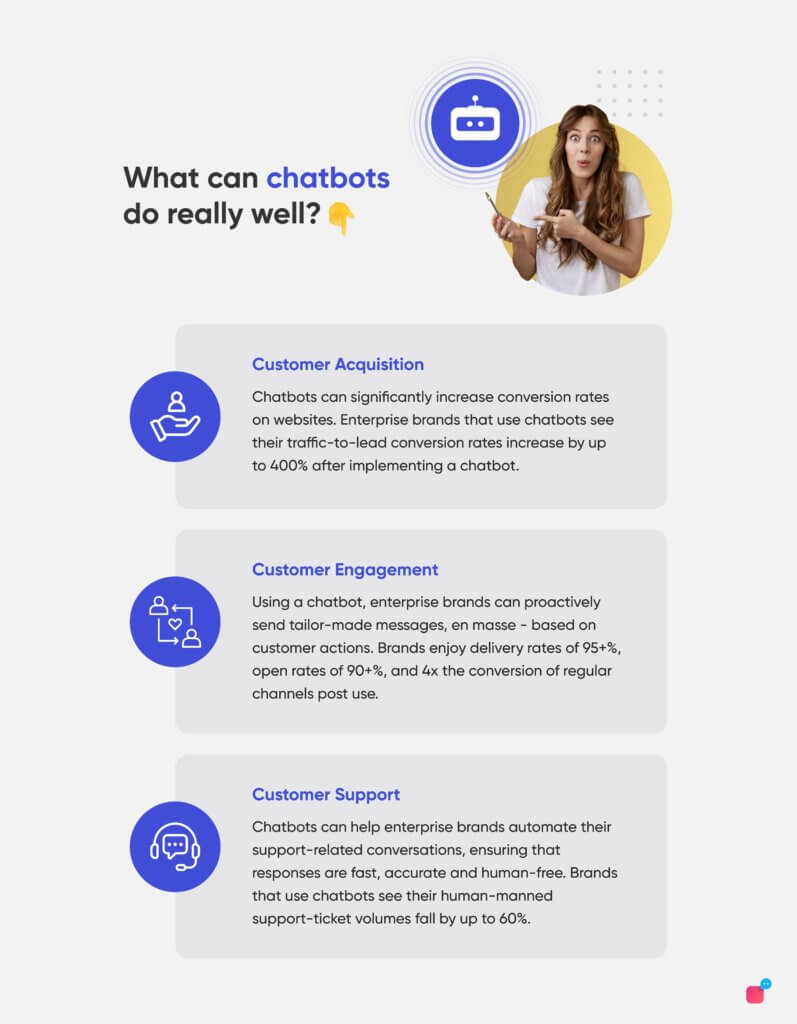
If you’re trying to solve a problem that doesn’t include the acquisition, engagement, or support of a customer, consider the next question.
2. Are there no providers in the market who can solve the problem?
If your problem is especially unique, don’t fret. You can still choose from the thousands of chatbot providers that exist in the space.
With the demand for chatbots amongst enterprises sky-rocketing, there have been a plethora of providers who’ve cropped up to service these needs.
There are four types of providers in the market –
- Generalists Providers
- Industry-specific Providers
- Use Case specific Providers
- Self-Serve Providers
Generalist providers usually help companies with the challenges we discussed above – acquisition, engagement, and support. Most brands go to a generalist chatbot provider – for its ease, experience, and cost.
There are certain chatbot vendors that have carved a niche for themselves in specific industries (banking) that require specific certifications (eg – data security, compliance, etc).
Beyond that, there are vendors that serve a specific use case like HR automation. If your industry or use case is extremely niche, consider an industry/use-case specific provider.
And finally, the DIY approach. If your brand needs are incredibly simple or you have a special set of skills, you can consider taking up self-service providers. This falls more to the ‘build’ side of ‘build vs buy a chatbot’. Just keep in mind, however, that much like actual DIY, if you get it wrong – it’ll go really wrong.
3. Is the solution provider expensive/unaffordable?
This is the simplest answer to the lot.
There are several providers like Drift and Intercom who costs tens (sometimes hundreds) of thousands of dollars for their enterprise plans. But on the flip side, there are also companies like Rasa that charge you just for the infrastructure and tech stack.
And in the middle, there are hundreds of chatbot companies that make a product with a price that’s just right for you.
Just like there are several chatbot providers, there are also several price bands. Some are going to be unaffordable. Some are going to be dirt cheap.
But given the number of competitors, there’s definitely going to be a handful that have a justified price for your enterprise.
4. Could you build a solution of the same quality for the same cost?
You’ve undoubtedly heard of companies that have built an in-house chatbot and seen great success with it. And while these stories are charming, they usually come with two key caveats.
- They started building their bots before the chatbot revolution.
As early adopters, these companies had years of trial and error to hone their bot. Along with this, they also had large swathes of in-house data to play with.
Most enterprise brands today do not have the luxury of time and mistake-making (Read Microsoft Tay). This could be because you don’t want a PR disaster on your hands, or because your competition is already fast-tracking their chatbot implementation.
- They had money to blow.
Technology that you use as early-adopter costs (See 3D printers) a lot more than when the product inevitably enters the mainstream domain.
If you’re a brand that does not have the engineering or financial bandwidth to build, you’re not going to be able to build a chatbot for the same price or for the same quality.
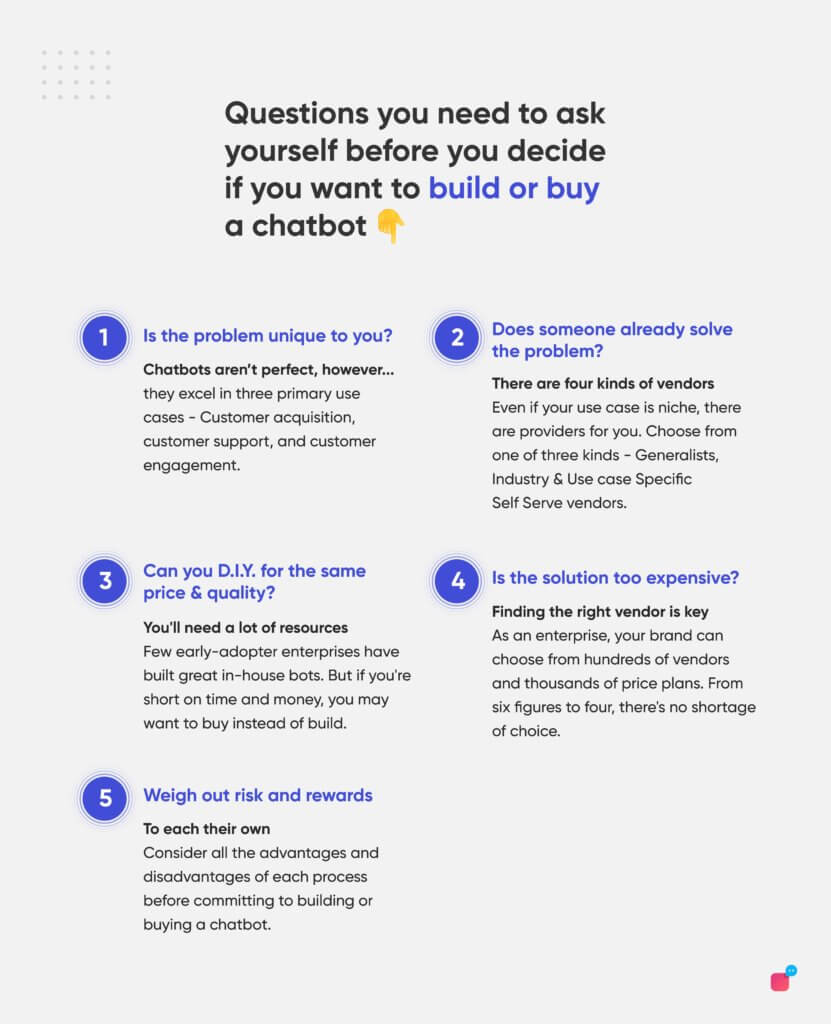
Risks and rewards of build & buy
Anecdotal questions may not be for you, in which case it’s time for a cut-and-dry comparison chart. Should you Build vs Buy a Chatbot?
Since the points here are fairly transposable i.e. the advantages of buying are the disadvantages of building, we’re going to take a risk-oriented approach to this discussion.
Building
1. Distraction from core competencies
Enterprises traditionally struggle with two scarcities – time and engineering. Products are built and scaled with these scarcities in mind.
Which begs the question – if you’re building a chatbot, what resources do you allocate to it? And what’s the impact of moving those resources on your end-product timeline?
There’s also the extremely important human element to this question.
Are you taking employees away from their most meaningful work? Are you putting them on projects they didn’t sign up for and don’t feel strongly about?
For example, if your product is a neo-banking platform – your developers joined your laser-focused team with the aim of solving this problem that affects millions. If you removed them from this vision and had them build a business email validator for your bot instead, you’re going to hurt both morale and end-goal productivity.
2. Time and cost overruns
It’s not enough to simply build a product, there’s the small matter of keeping it up-to-date too.
If you divert labour and time to the project, will you have the resources to see it through the end? And even beyond the end? What about through budget and deadline overruns?
Say you task 30 engineers to build a chatbot and give them 9 months for it. Three months in, they realize the scope of the problem is much larger than they initially anticipated. They now need 45 engineers and six more months.
If these additional resources aren’t given, it’s likely that your bot will not be fully functional (or not functional at all). Do you accept those three months of time and labour as sunken costs?
Do you commit more resources to something your team isn’t built for, knowing that such delays could occur again in the future?
At this point, it’s worth noting that chatbot vendors are unlikely to struggle with these problems. Since they’ve built more focused teams and have invested fully in their product, they’re much likelier to meet these demanding deadlines and build a more complete/refined chatbot.
3. Sub market-standard chatbot
While building features in one aspect of post-production software development, an equally important feature is the fixing of flaws and bugs.
Much like with features, you’ll also need to have a team dedicated to solving these issues when they inevitably crop up. And much like with features, you may just simply not have the resources for that, or you may just choose to ignore them.
At which point – you’ll have a product riddled with bugs that will likely create a negative customer experience, which is what you built your chatbot to improve.
4. More expensive
There are a lot of secondary and tertiary costs besides payroll that comes into play when you’re building a software solution. These could be server fees, software licensing, network infrastructure, and storage/backup infrastructure.
If a chatbot isn’t your core competency, you’re likely to going to pay a lot more for the costs attached to it. In the same way, a person buying 100 printers gets a much better deal than someone buying just 1.
Vendors can distribute the costs of maintenance and operations across their clients. This allows them to charge less for their product than if you were to build it by yourself.
On a macro level, economies of scale allow companies/countries to focus on what they’re really good at – while purchasing things that they can’t produce from other participants. The result is excellent products and competitive prices, across the globe.
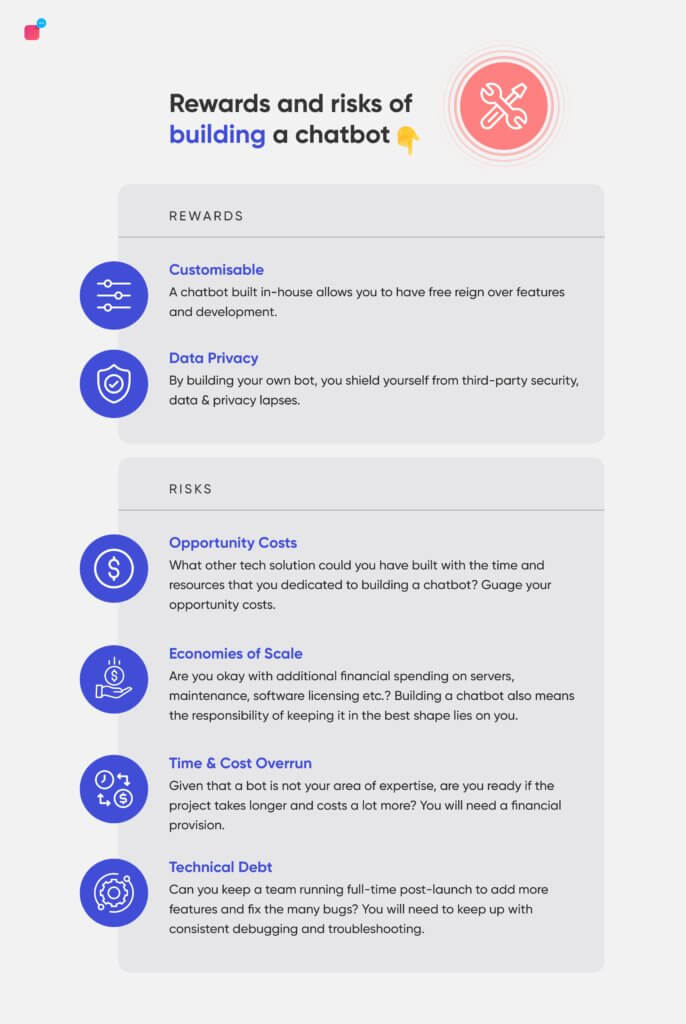
Buying
With all the risks and inefficiencies that come with building, buying may seem like the obvious thing to do. But also consider the following.
1. Data risks
Don’t just consider what you’re gaining when you buy, consider what you’re giving up too.
Ask difficult questions like – how are you using my proprietary data? Is this data being sold to third parties? Are you using my data to improve tooling? Can I access my data as and when I want it?
These are important questions to ask since more often than not, customer data and insights provide companies with their competitive edge. This should play a massive role in determining whether you build vs buy a chatbot.
While we’re on the subject of data, also consider another risk of buying – how secure is your data?
2. Privacy & security risks
Enterprises need enterprise-grade security. Nothing less.
Attacks on enterprise customers come from several angles and ensuring that your chatbot vendors – who will often deal with sensitive data like personal email IDs and phone numbers – are compliant is extremely important.
Ask questions like, does this company have enterprise customers? What kind of cybersecurity practices do they exercise? What processes do they follow in the event of a hack?
Even the strongest of forts are inevitably raided, so ensure your vendor has a system in place to prevent data breaches – but just as importantly, also has a system in place to handle one.
3. Common denominator solution
As we discussed earlier, some brands look for specialists and others work with generalists.
It’s unlikely that you’ll find a chatbot provider that will satiate all your feature needs – present or in the future.
It is important at this point to understand what the chatbot company’s roadmap is and whether it aligns with what you see your company headed.
A perfect tool today may not be quite as perfect six months down the line – and moving from one chatbot vendor to the other is a high-effort endeavour.
And on the subject of moving.
4. Exposure to risk
Assuming you build a chatbot internally and you like it – it’s safe to say that you’re not going to shutter its operations.
But no matter how much you like a chatbot vendor, you can’t say the same about it.
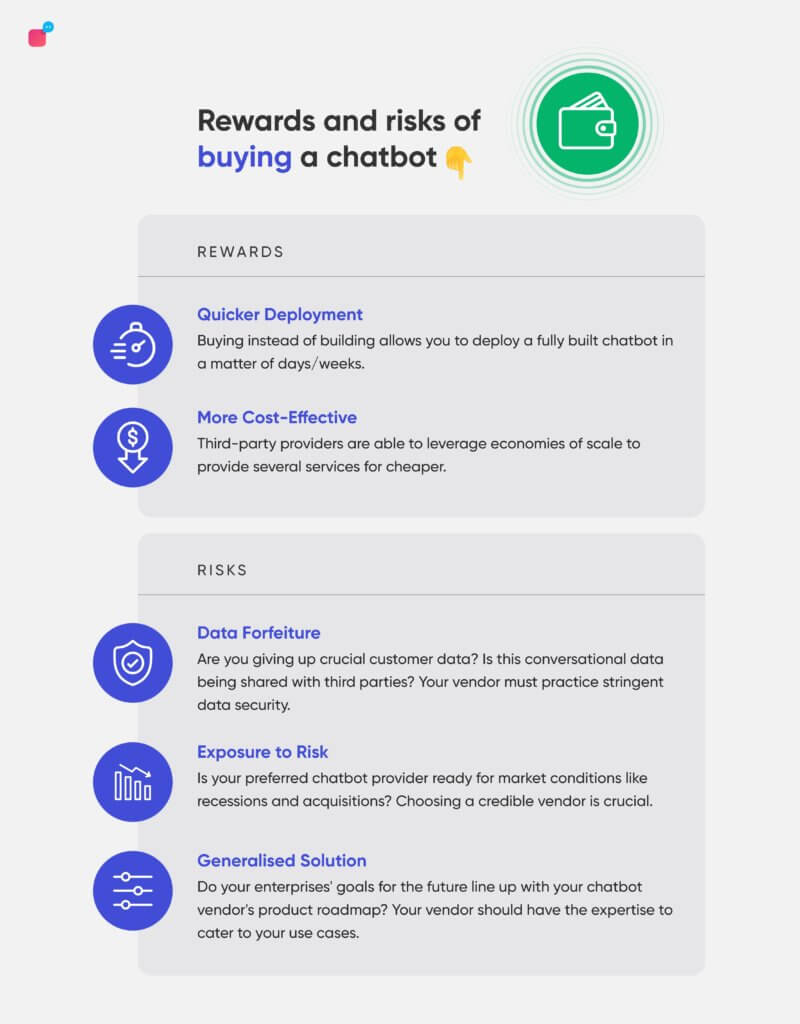
Today, the chatbot market is extremely competitive. New chatbot companies are started every day and old ones are shut down soon even more often. Many are even sold off to bigger chatbot companies and repurposed after.
Investing time and money into considering a ‘build vs buy chatbot thought experiment’ only to see it shut down after is a wasted exercise. So you want to make sure your vendors can weather a storm.
This can range from market and leadership changes to environmental factors and future-proofing.
Putting yourself in a position to make the right decision
For a lot of enterprise companies, the decision is fairly cut and dry. All the chips fall in favour of building, or all the chips fall in favour of buying. It’s not “Build vs Buy a Chatbot” as much as it is, “We’re a company that buys”.
But for most, it’s not quite as simple.
The best way to go about the process is to do both.
You want a chatbot that is cost-effective and can be easily deployed. But is also freely customizable and in line with your security compliance standards.
When considering enterprise-level chatbots, it’s important to fully understand whether it solves your problem – not just a problem.
Larger companies come with more bells and whistles but are unlikely to budge from stringent roadmaps to accommodate your needs. Smaller companies with agile teams move more quickly and build better products, but may need due diligence before a long-term investment.
To ensure this, ask for product tours and detailed demos. Negotiate your pricing and ensure scalability in the future. If the vendor has a corporate parent, whose needs are they likely to put first when it comes to feature development?
If you’re in the market for an enterprise chatbot that can automate your lead generation, customer support, and engagement with fair pricing and feature-heavy tooling, consider Verloop.io.





